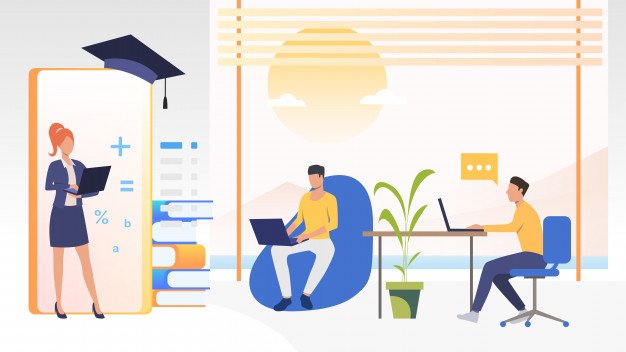Over the years the education industry has seen a significant amount of change and technology has played a crucial role in its development. Information technology has delivered key services including providing competitive institutional differentiation and enabling digital transformation.
Classroom learning has been a part of the system since the introduction of schools and educational institutions. The world is now seeing the introduction of, one of the most advanced technological innovations that have taken learning to a whole new level. Many leading innovative companies have come up with new educational apps or trends that can help students study and learn in a whole new way.
These tools can increase relevance for the students and give them a brand new experience when it comes to learning subjects like Math and other important subjects. These technological trends use mobiles, tablets, and many technological innovations to not only make learning easier but also fun.
Flipped Learning
This is a sort of blended learning where students do not require to step out of their homes to learn. They can simply get their daily does of knowledge sitting right at home through online content and video lectures. What is being implied is that students can learn off each other through critical problem-solving in tiny groups. An interactive classroom environment is created right at home through Wi-Fi enabling students to communicate with each other via mobiles or various other tools. With this technology, educators can measure the responses of the students and their ability both in and out of the class.
Remote Learning
This is a technological innovation for students who cannot physically make it to school. This trend allows them to attend classes virtually through video and by accessing content online. Other forms of technologies can be included in this program including class forums, video conferencing, social media, pre-recorded videos, and email. Like for example, students can sit right at home and learn Geometry on their mobiles or tablets.
Teachers with respect to subject matters can also be introduced into the remote learning as they improve the quality of learning. This technology can reach global masses as long as there is reliable Wi-Fi networks and mobile technologies.
Adaptive Learning
Adaptive learning is nothing but personalizing and enhancing the learning experience. Adaptive learning helps learners in reducing the time taken to become proficient by eradicating the need to go through the content that they already understand.
This improves the effectiveness of our programs because the learner only focuses on what is absolutely needed. The future success of adaptive learning is not only in the design of the technology but in the design of content.
Game Based Learning
The implementation of the game into learning can enhance motivations along with knowledge and engagement retention. Earlier, the implementation of gaming in learning was to enhance the classroom experience with a game. Later on, learning programs were implemented with gaming technology thereby pulling the players or students to their emotions and motivations. The gaming theory has found a way to implement storytelling in a way that can appeal to the learner’s emotions and enhancing their recall.
Read More:






















